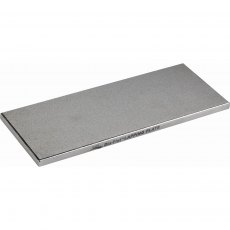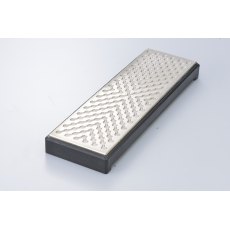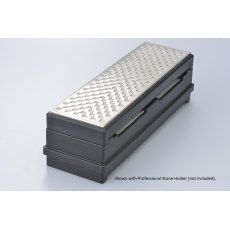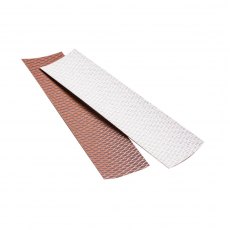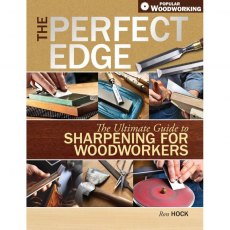How to Choose and Maintain Waterstones
Waterstones are essential tools for anyone looking to achieve a razor-sharp edge on their woodworking or culinary tools. But with a variety of grits and maintenance techniques, selecting and caring for these stones can be daunting. This guide aims to demystify waterstones, offering practical advice on choosing the right grits and maintaining your stones for optimal performance.
Understanding Waterstones
Waterstones are synthetic stones designed to sharpen and hone the blades of tools and knives. They consist of graded particles bonded together, with the size of these particles determining the stone's grit. Grit numbers can range from a coarse 220 to a super fine 10,000 or more, affecting the sharpening process's efficiency and outcome. Waterstones require water as a lubricant, enhancing the sharpening process and preventing the stone from clogging.
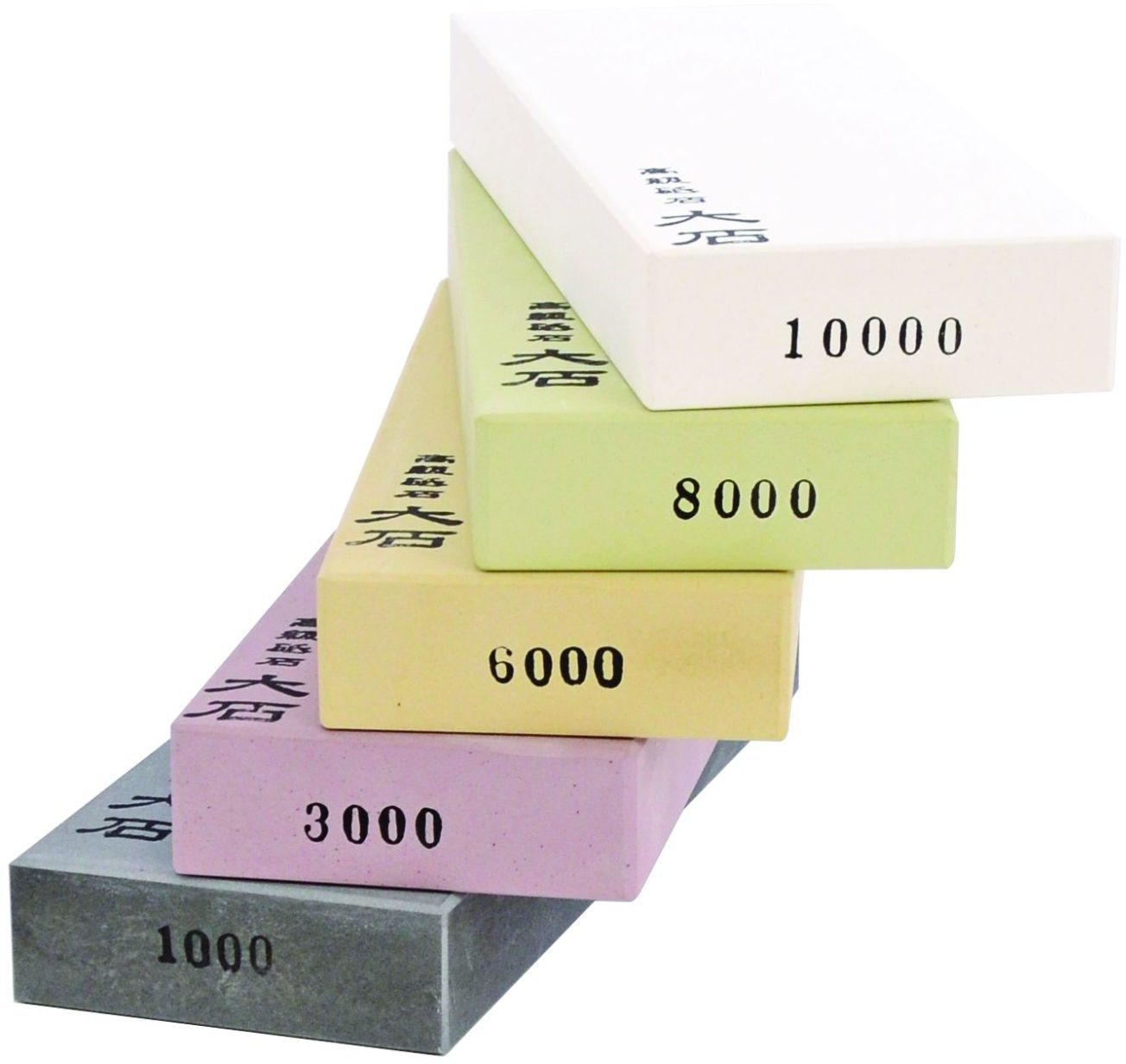
Choosing the Right Grit
Selecting the appropriate waterstone grit depends on your tool's condition and the desired sharpness. Beginners or those with tools in reasonable condition should start with a 1000 grit stone for basic sharpening. For refining edges, a mid-range grit between 3000 and 6000 is ideal. Achieving a mirror-like finish for fine woodworking or culinary precision necessitates a high-grit stone, such as 8000 or 10000, possibly supplemented by a Nagura stone to create a sharpening slurry.
Combination stones, offering coarse and fine grits on opposite sides, provide a versatile and economical option for extending your range without purchasing multiple stones.
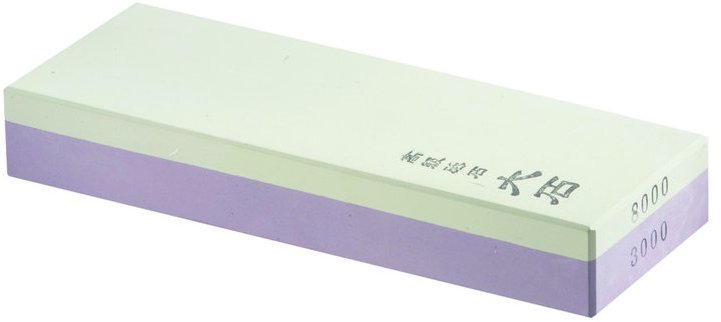
Maintaining Waterstones
Despite their durability, waterstones wear down and require regular maintenance to keep their surface flat and effective. Flattening your waterstone is straightforward: simply draw a grid on the stone with a pencil and rub it against a known flat surface, such as a piece of glass with wet abrasive paper or a diamond flattening plate, until the pencil marks disappear, indicating a level surface.
.jpg)
Waterstone Care
Contrary to some beliefs, waterstones should not be stored in water. Instead, soak your stone until it's saturated and bubbles cease to rise—except for fine finishing stones and specific types like Toishi Ohishi, which require minimal soaking and can be used with a spray of water.
In Summary
The key to achieving the perfect edge on your tools lies in selecting the right waterstone grit and maintaining the stone's flatness through regular care. Whether you're a seasoned woodworker or a culinary enthusiast, understanding these principles will ensure your tools are always sharp and ready for any task.
For further reading and detailed techniques on sharpening with waterstones, consider exploring resources such as "The Perfect Edge" by Ron Hock or "Sharpening" by Thomas Lie-Nielsen, which provide in-depth insights into the art of tool sharpening.
Products mentioned in this article
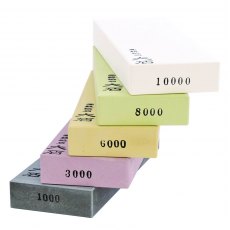
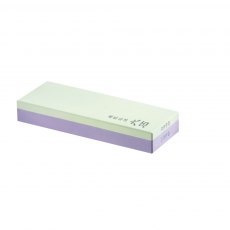
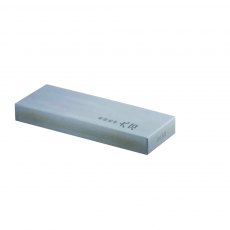
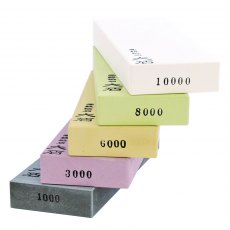
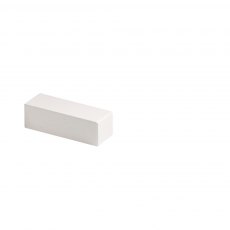
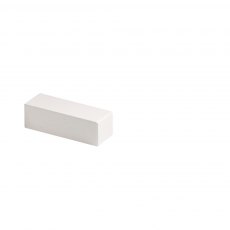
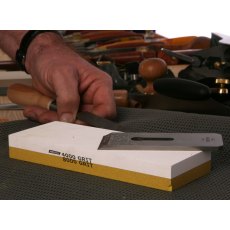
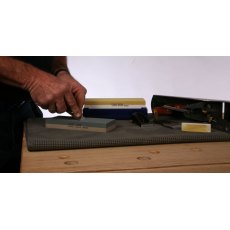
.png)
